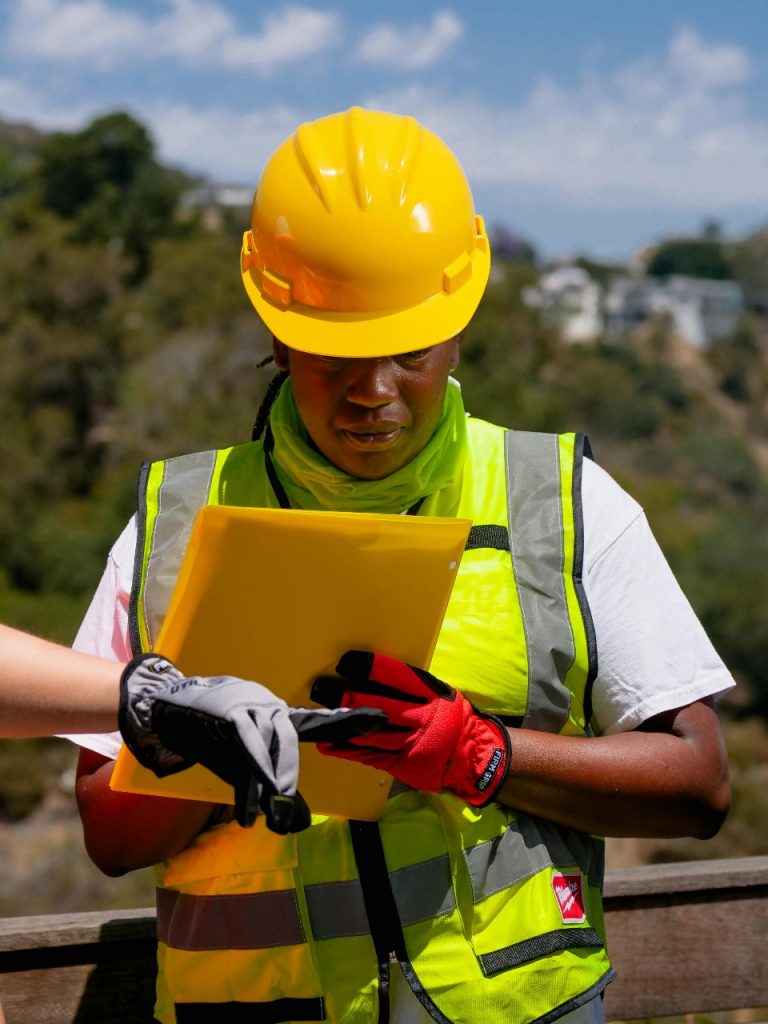In the construction industry, staying compliant with evolving regulations is crucial for project success. One such regulation, das 140, plays a significant role in ensuring that construction projects meet safety, quality, and operational standards. This article explores how das 140 affects your construction project compliance and why builders and contractors should prioritize understanding and implementing its requirements.
Understanding DAS 140
What is DAS 140?
DAS 140 is a regulatory framework designed to establish stringent standards in construction project management, focusing on safety, quality assurance, and environmental considerations. It provides detailed guidelines that contractors must follow to ensure compliance with federal, state, and local construction laws.
Why DAS 140 Matters in Construction
Construction projects often involve multiple stakeholders, complex workflows, and potential hazards. DAS 140 sets a clear baseline for managing these risks effectively. Complying with das 140 helps reduce project delays, avoid legal penalties, and promote a safer working environment.
Key Areas Where DAS 140 Impacts Construction Compliance
Safety Protocols and Standards
One of the primary focuses of das 140 is enhancing safety measures on construction sites. It mandates specific safety protocols to protect workers and equipment, including proper hazard assessments, mandatory use of personal protective equipment (PPE), and emergency response plans. Contractors must integrate these protocols into their project plans to ensure full compliance.
Quality Control and Assurance
Quality control is another critical aspect governed by das 140. This regulation requires continuous monitoring of materials, workmanship, and processes throughout the project lifecycle. By adhering to das 140 guidelines, contractors can maintain high construction standards and minimize defects or rework.
Environmental Compliance
Sustainable construction practices are increasingly important, and das 140 includes provisions to minimize environmental impact. This involves waste management protocols, pollution control measures, and energy-efficient construction techniques. Complying with das 140 demonstrates a commitment to environmental stewardship, which can enhance a company’s reputation.
How DAS 140 Influences Project Management
Documentation and Record-Keeping
Effective documentation is essential for meeting das 140 compliance. Contractors must maintain detailed records of inspections, safety meetings, quality audits, and environmental reports. These documents serve as evidence during audits and help identify areas needing improvement.
Training and Workforce Competency
Das 140 emphasizes the importance of training and certifying workers to ensure they understand compliance requirements. Regular training programs and competency assessments help maintain a knowledgeable workforce capable of adhering to the standards set forth by das 140.
Risk Management Strategies
Integrating das 140 into risk management practices allows project managers to identify, assess, and mitigate risks proactively. This structured approach reduces the likelihood of accidents, cost overruns, and regulatory violations.
Challenges of Implementing DAS 140 in Construction Projects
Complexity of Regulations
One challenge contractors face is the complexity and detail of das 140 regulations. Navigating these requirements demands dedicated resources and expertise, which can be a hurdle for smaller construction firms.
Cost Implications
Implementing das 140 standards may require additional investments in safety equipment, training, and monitoring systems. While this may increase upfront costs, it ultimately prevents costly penalties and project disruptions.
Keeping Up with Updates
Regulatory frameworks like das 140 evolve over time. Staying updated on changes and ensuring ongoing compliance requires continuous effort and commitment from construction companies.
Best Practices for Ensuring DAS 140 Compliance
Conduct Comprehensive Compliance Audits
Regular audits help identify gaps in das 140 compliance early. Scheduling these audits throughout the project lifecycle ensures corrective actions can be taken promptly.
Foster a Culture of Safety and Quality
Encouraging all team members to prioritize safety and quality aligns with das 140 principles. Leadership should model these values and incentivize compliance.
Utilize Technology for Compliance Management
Modern construction software can streamline compliance tracking, document management, and training schedules. Leveraging these tools helps contractors maintain thorough adherence to das 140.
Collaborate with Experts
Engaging consultants or legal experts specialized in construction regulations can provide valuable guidance on das 140 compliance strategies.
The Role of Associated Builders & Contractors Inc. in DAS 140 Compliance
At Associated Builders & Contractors Inc., we understand the critical importance of das 140 in construction projects. Our team is dedicated to helping contractors navigate these complex regulations efficiently. Through tailored training programs, compliance consulting, and project audits, we empower builders to meet and exceed das 140 requirements confidently.
Conclusion
Understanding how das 140 affects your construction project compliance is vital for ensuring safety, quality, and regulatory adherence. By integrating das 140 standards into every phase of your project—from planning and execution to monitoring and documentation—you can mitigate risks and enhance project outcomes. Contractors who prioritize das 140 compliance demonstrate professionalism and commitment to excellence, positioning themselves for long-term success in the competitive construction industry.
